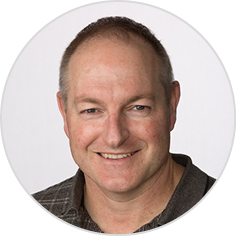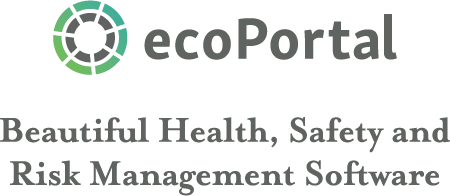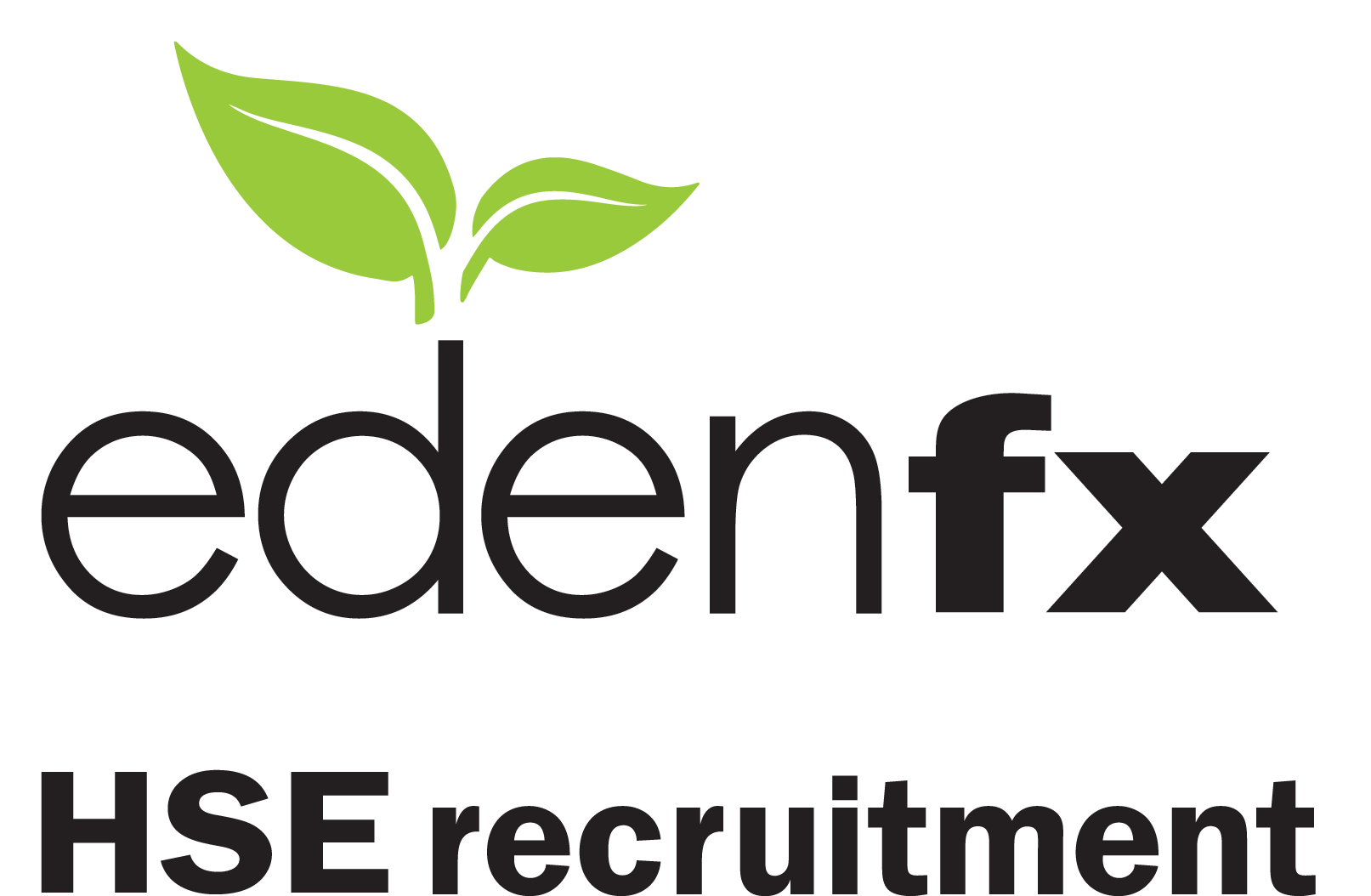March 2018
Greg Tetzlaff

The Graduate Diploma in Professional Practice (Occupational Health and Safety) or GDPP (OHS) is a level 7, 120 credit, project-based qualification through Capable NZ and the Otago Polytechnic.
The project is carried out in an organisation you work for, play a leadership role in or have a key functional relationship with (for those who are self-employed).
There are three parts to this qualification, broken into 3 courses.
- The first course is a review of your professional learning to date (which includes a self-assessment of your experience and knowledge).
- The second course is to create a formal written learning agreement (similar to a project plan) on an area of your own choosing that includes new learning you would like to achieve and how you are going to go about it.
- The final course is completing a project inquiry (based on your learning agreement) designed to capture new ideas and how these can be used in your work.
When I enrolled in the GDPP programme, I had little understanding of the depth of what was required. Having not done any significant tertiary study for some years, it took me a while to get my head around what was required for each of the 3 courses that make up the GDPP process.
The first part of the course (Course 1- 30 credits) required you to conduct a 'Review of Learning' (ROL), which is a substantial written document where you present an overview of your work history and the learning you have achieved within your professional work life (In my case 30 years’ worth).
The work completed for each course had to be presented in a specific academic way such as having to provide APA referencing throughout your document (prescribed method of referencing books, documents, models, qualifications etc). If you haven’t done this before, you’re in for a treat!
This was the first time I had truly reflected on my working life, and I found the experience quite a challenge and very rewarding. The result was a detailed historical narrative and analysis of my past health and safety experiences backed up with references, and detailed evidence.
Course 2
The second course (15 Credits) required the creation of a Work-based Learning Agreement that outlined a learning project that would be of value to my workplace or field of practice.
The Work-Based Learning Agreement is then submitted to a panel for assessment. Once approved you can then move on to Course 3 the Work-based Learning Project.
Once I had identified the subject area that I wanted to gain further knowledge in (behavioural psychology and how it relates to health and safety behaviours in the workplace), the development of a learning agreement helped me to narrow down specific areas of interest and then create a plan on how to proceed with my project.
I found the development of a learning agreement a very detailed and involved process. While I initially thought the need for such detail was excessive, as I went through the exercise I began to see its value. The learning agreement helped me stay focused and I found myself referring it often, particularly during the research phase, to ensure I kept within the agreed parameters. It would have been easy to get side tracked and then bogged down in irrelevant material without it.
Course 3
The majority of your assessment for the GDPP is based on Course 3 which is 75 credits.
Having identified a new area of learning, then developed a learning agreement, the last step is to conduct a Work Based learning (WBL) Enquiry. This is where you use your skills to research your new learning and then investigate how this learning might affect or benefit your health and safety practice.
For me this involved a significant amount of time conducting research into various psychological models, statistics, and health and safety behaviour studies. To do justice to the course I had to invest a significant amount of my own time weekly to stay on top of the project. We were also required to keep a learning diary throughput the process, so we could conduct a critical evaluation of your own learning at the end of the course.
Once the research was completed I went about the process of writing up my project and presenting my research and findings. The result of which was a sizable document of around 13000 words with more APA referencing and numerous reference documents!
The last part of the course requires you to develop a presentation around your project and then present it verbally to an assessment panel. They are assessing things such as your research, understanding of your new learnings, your ability to respond to questions and that your project was implemented as per your learning agreement.
Summary
Carrying out study at this level, alongside fulltime work and family commitments was at times very challenging and not something to be entered into lightly. The timelines are tight and require you to be working on some aspect of the course most weeks if you want to achieve the expected outcomes and do justice to the not insignificant investment required.
Having autonomy to choose the direction and content of your study requires you to be quite self-directed and motivated which may not suit everyone’s style of learning.
I found the course extremely enjoyable and very satisfying to go through. It required a lot of thinking, research, analysis, consultation with peers and my tutor and significant learning on my part to get through the year and achieve a successful outcome.
I enjoyed the autonomy of being able to choose my own new area of learning and how I went about meeting the objectives of each course. Overall the courses helped open my mind to fresh ideas and to challenge some commonly accepted norms.
If you enjoy a challenge and the opportunity to really test yourself, then this is a great course for you.


